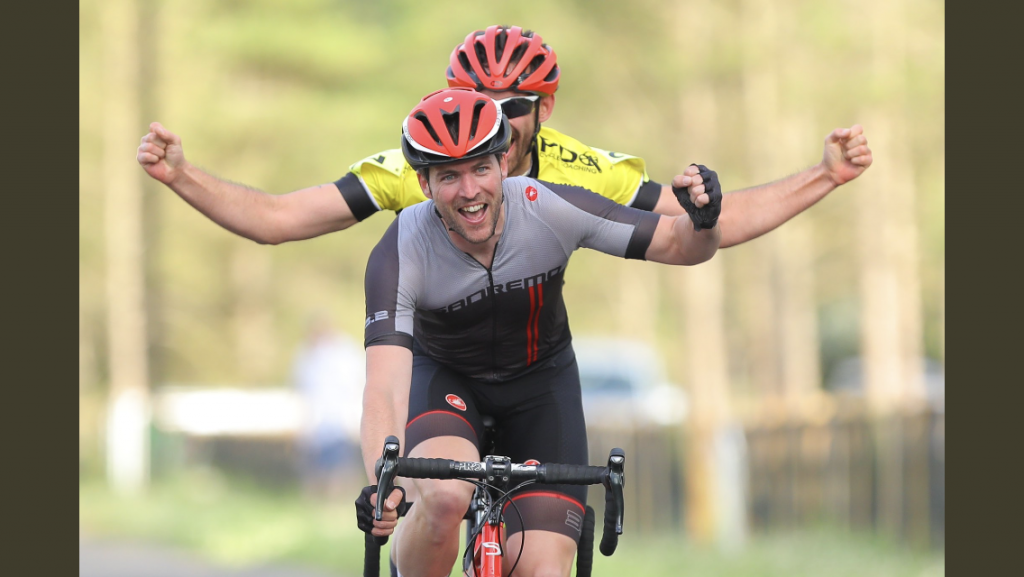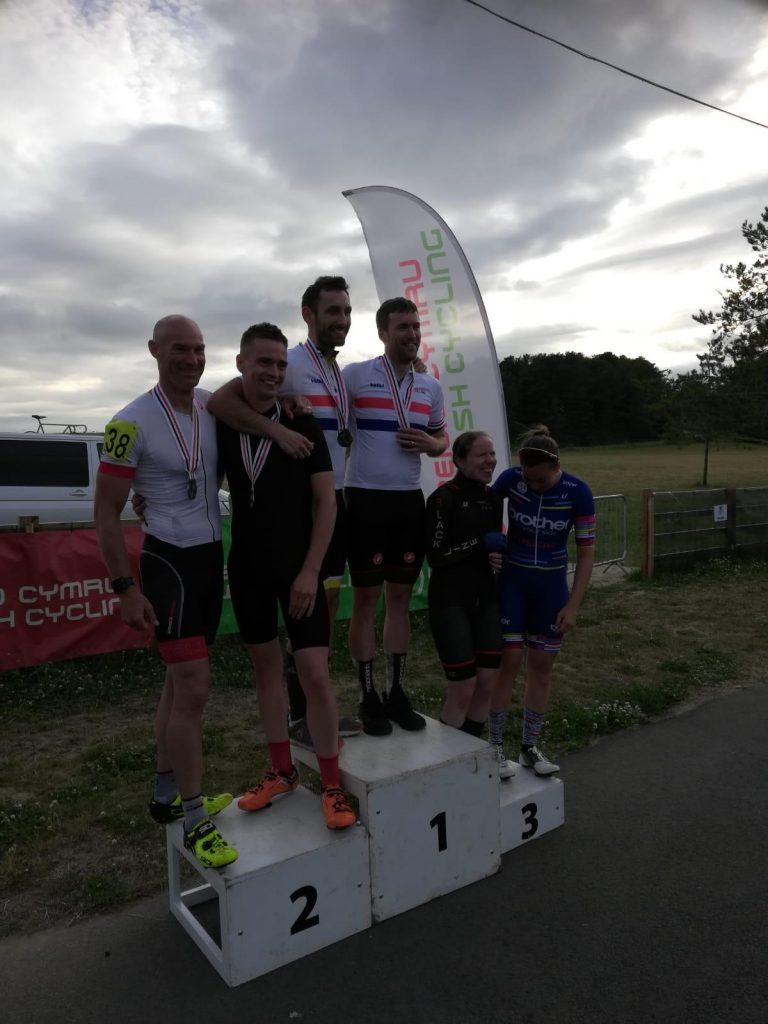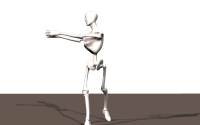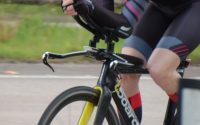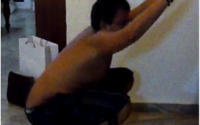Hip Mobility in Cycling
Apologies for missing last week. It’s been a really busy couple of weeks of racing, which not only took a lot of physical energy it was taking all my mental energy as well. It was 2 weekends of back to back National Championships. It was definitely worth it though, after the first weekend I’m now a National Track Masters Champion (age 40-44).
The second weekend was the National Para Cycling Championships. I pilot a tandem for a visually impaired cyclist, Chris McDonald. Cracking weekend of racing with a road race on Saturday and time trial Sunday. Really tough racing, but managed to get a gold and a bronze for our efforts 🙂
Hip Mobility in Cycling
Anyway, enough about all that!
With spend a lot of time around cyclist recently you see all kinds of styles and movement patterns on the bike. Like most therapists, you naturally watch how people move. I’ve been obsessed by gait as a basis for movement for many years. More recently, I’ve been looking more at cyclists with a similar curiosity. This is mainly because I have signed up to a bike fitting course.
In some of the pre-course material there was talk about the cleat position and I mentioned a month or so ago about their desire to get the knee going up and down in a straight line over the foot. I’m not yet convinced this is always going to be there best strategy, but I’ll wait until I learn more to get too agro about it 😉
However, one thing it’s hard to ignore is when you are behind a cyclist and you see the knees markedly moving laterally at the top of the pedal stroke. It doesn’t make me think cleat position, it makes me think hip ROM.
In a purely non scientific, observational way I’ve seen this pattern of movement is more common in men and gets increasingly common with increasing age and weight. When I see this pattern it immediately reminds me of when you are looking at hips in non-weight bearing in the clinic.
If you passively move this type of hip into flexion you will feel that the closer you get to 90 degrees the more the hip will want to move into external rotation and abduction. You see it all the time with people who complain of low back or hip pain when they put their socks on or tie their shoes.
For me, altering the bike in this type of case may be required, but should not be your only solution. This lack of mobility may be successfully accommodated in the short term, but it’s likely the lack of mobility will progress until the new position is causing the same problem.
Altering the position might be a great short term or long term solution, as long as you are not ignoring the underlying cause. If lack of mobility is the underlying cause, this need be addressed.
Though it may seem logical that in cycling the place to look is in the sagittal plane, those who have been reading my blogs a long time will know, that may be a mistake too! Most commonly, a severe lack of internal rotation is often the key, with lack of adduction next. If you only go after flexion you are likely to run into a problem, where the patient complains of hip impingement type symptoms.
As with all things you are treating the individual and so need to work with what will best help them. There could be structural issues, muscular, capsular, neural etc… so you have to figure out how you are going to help and how much change you can expect to make. However, if you assess for the underlying cause you will will be able to work to address that and get the best result you can for the individual.
Now to make up for missing last week I am going to write an hip assessment and treatment strategy post on Wednesday…so if you have anything you particularly want me to cover, write it in the comments section below and I’ll answer any questions you have 🙂
See you Wednesday,
Physioblogger
